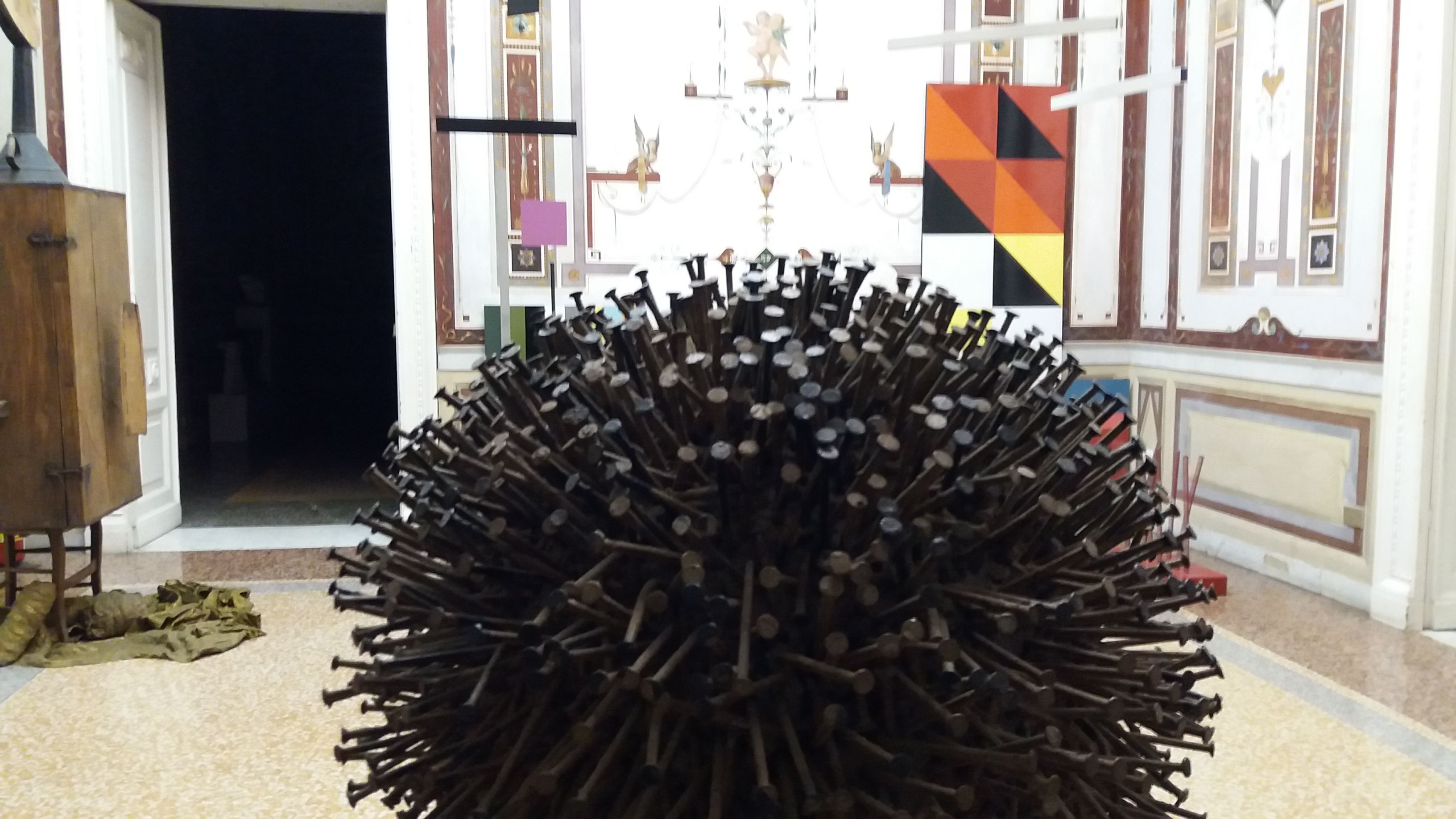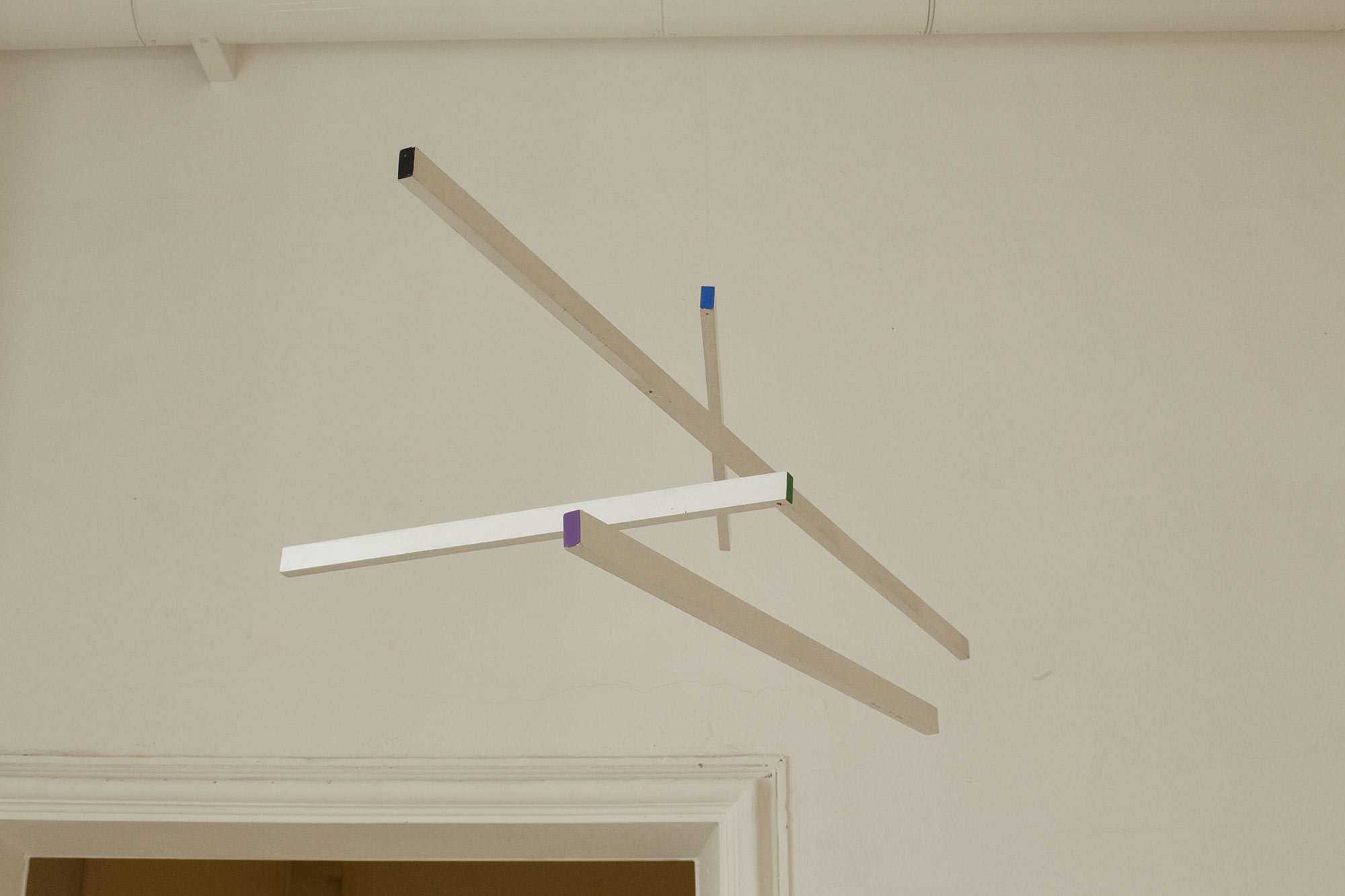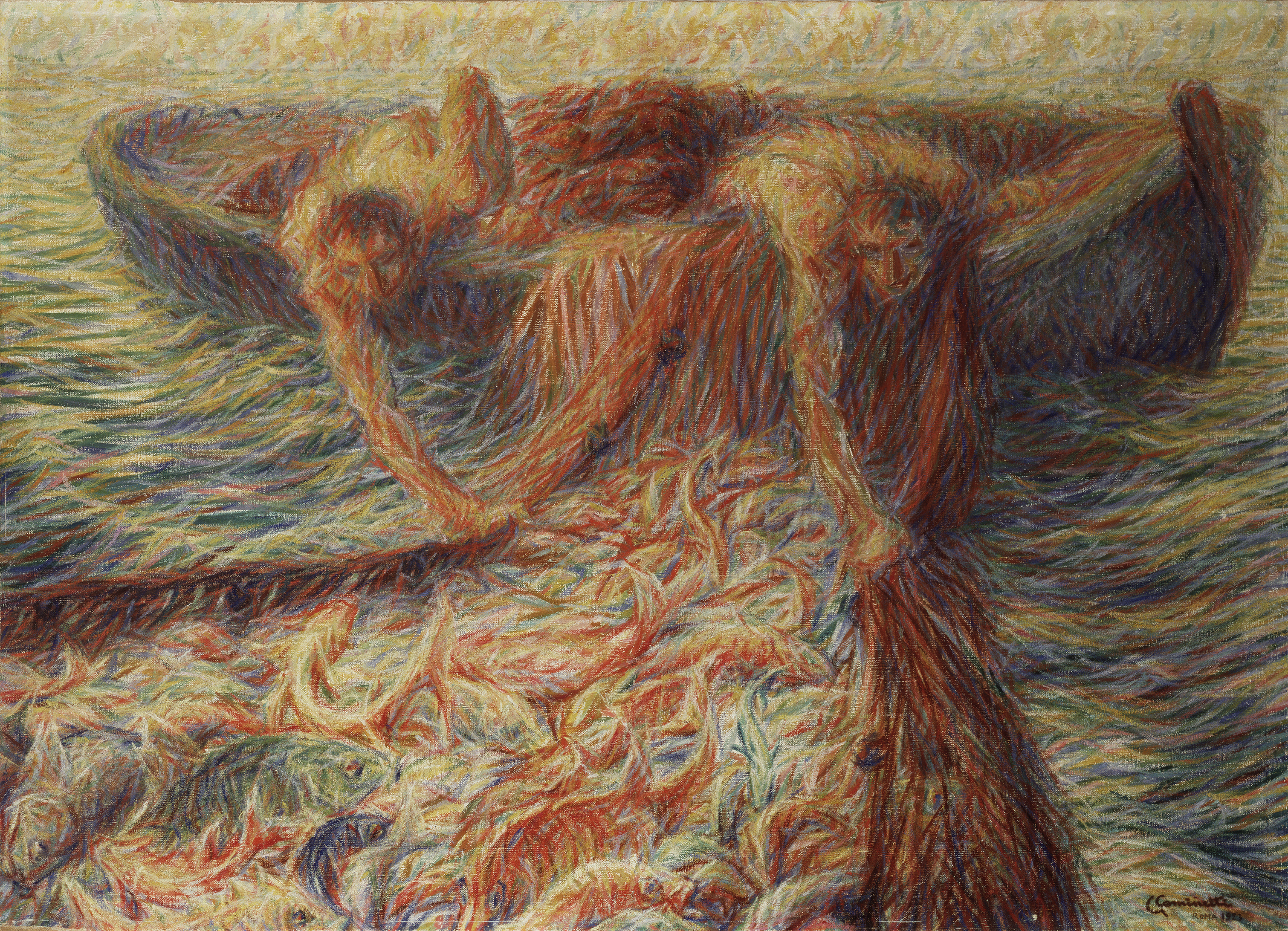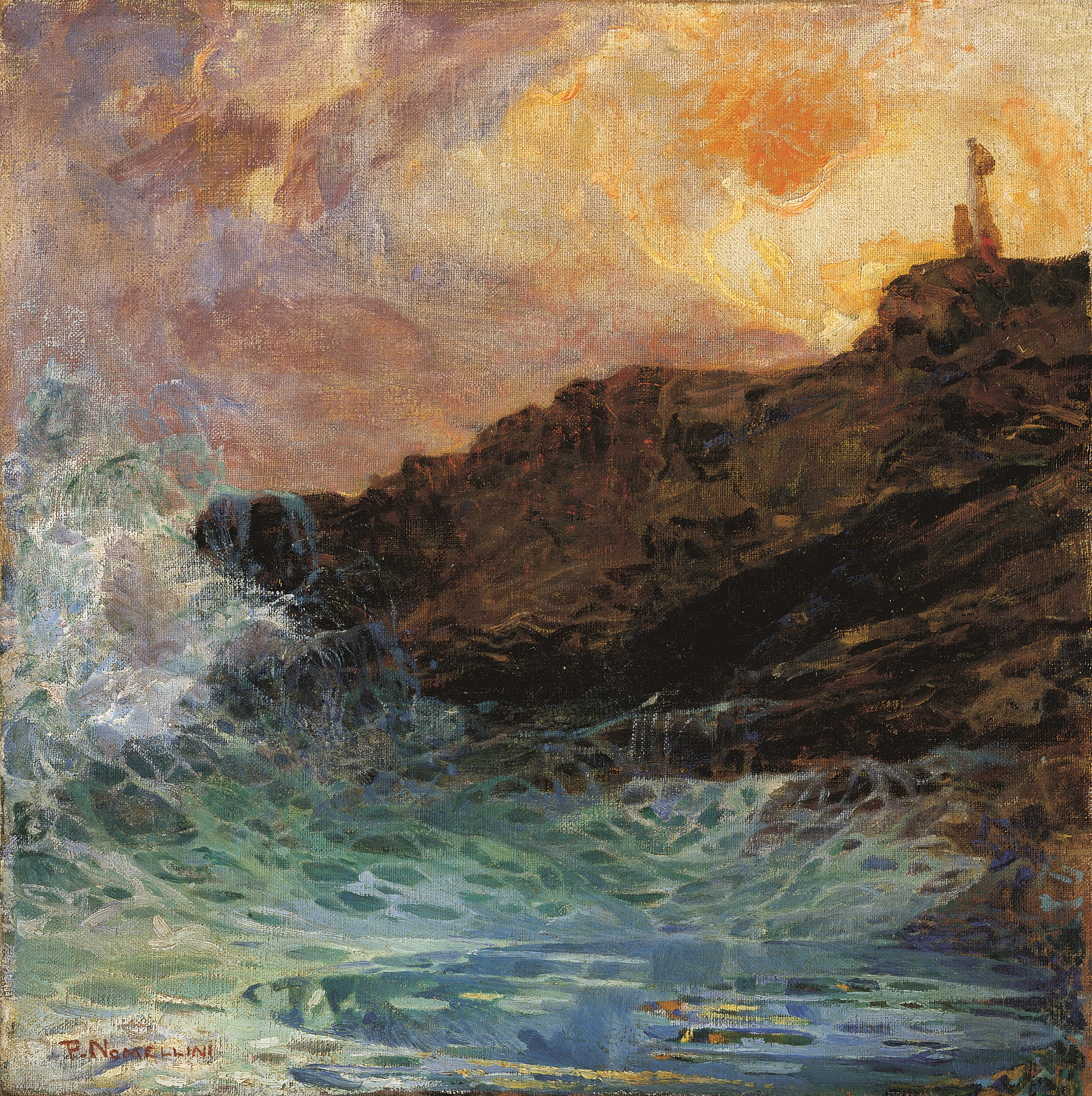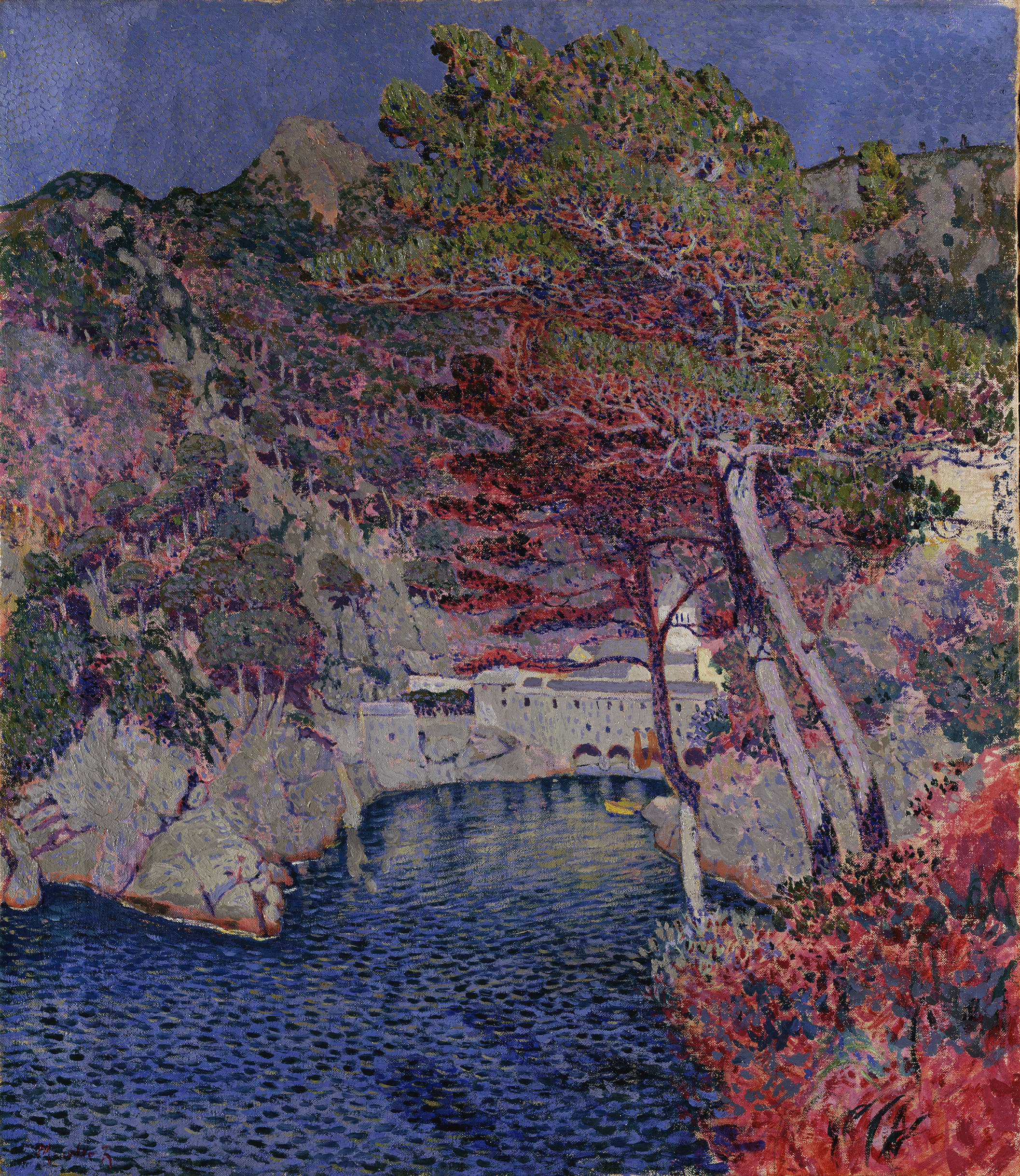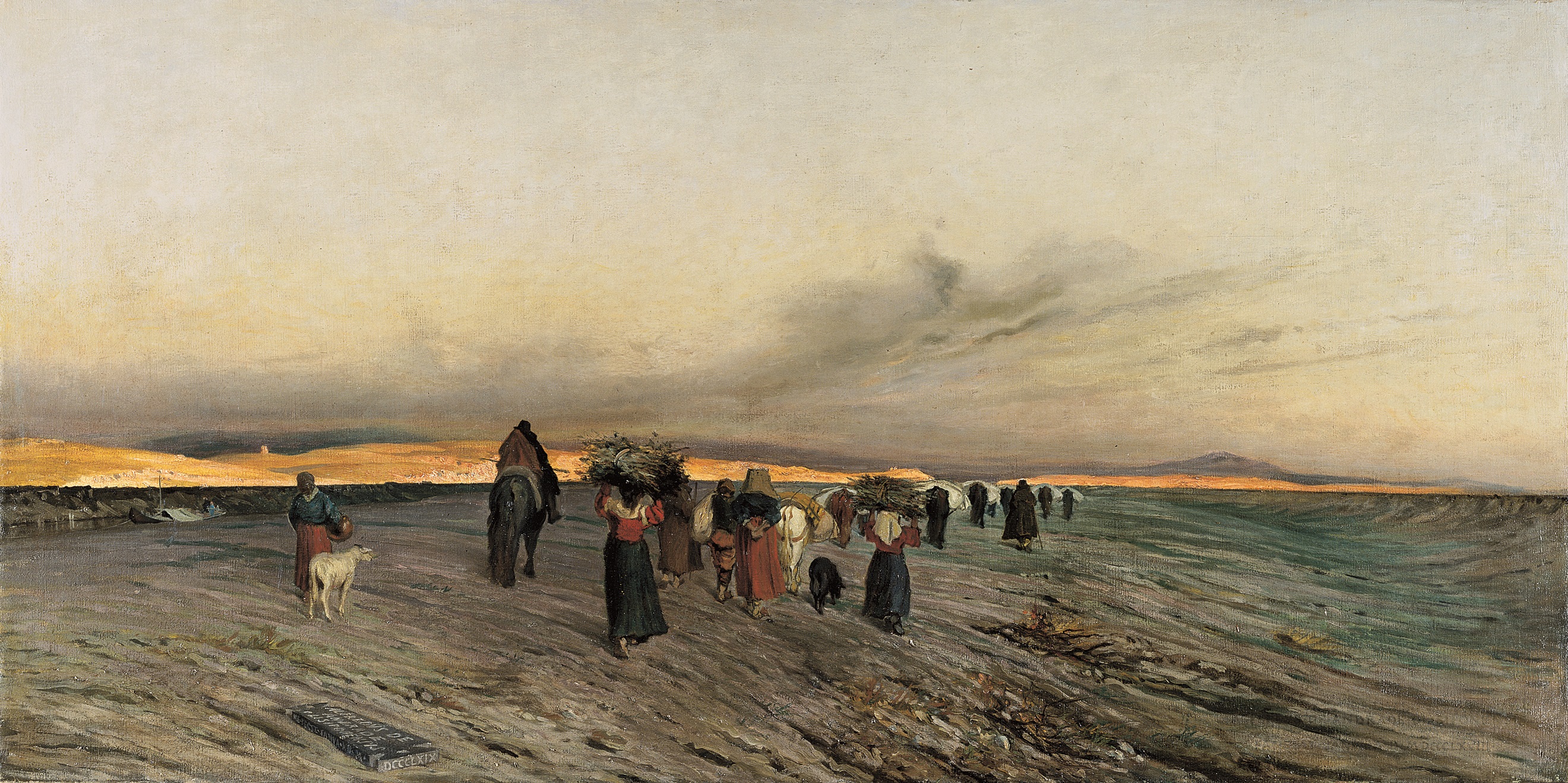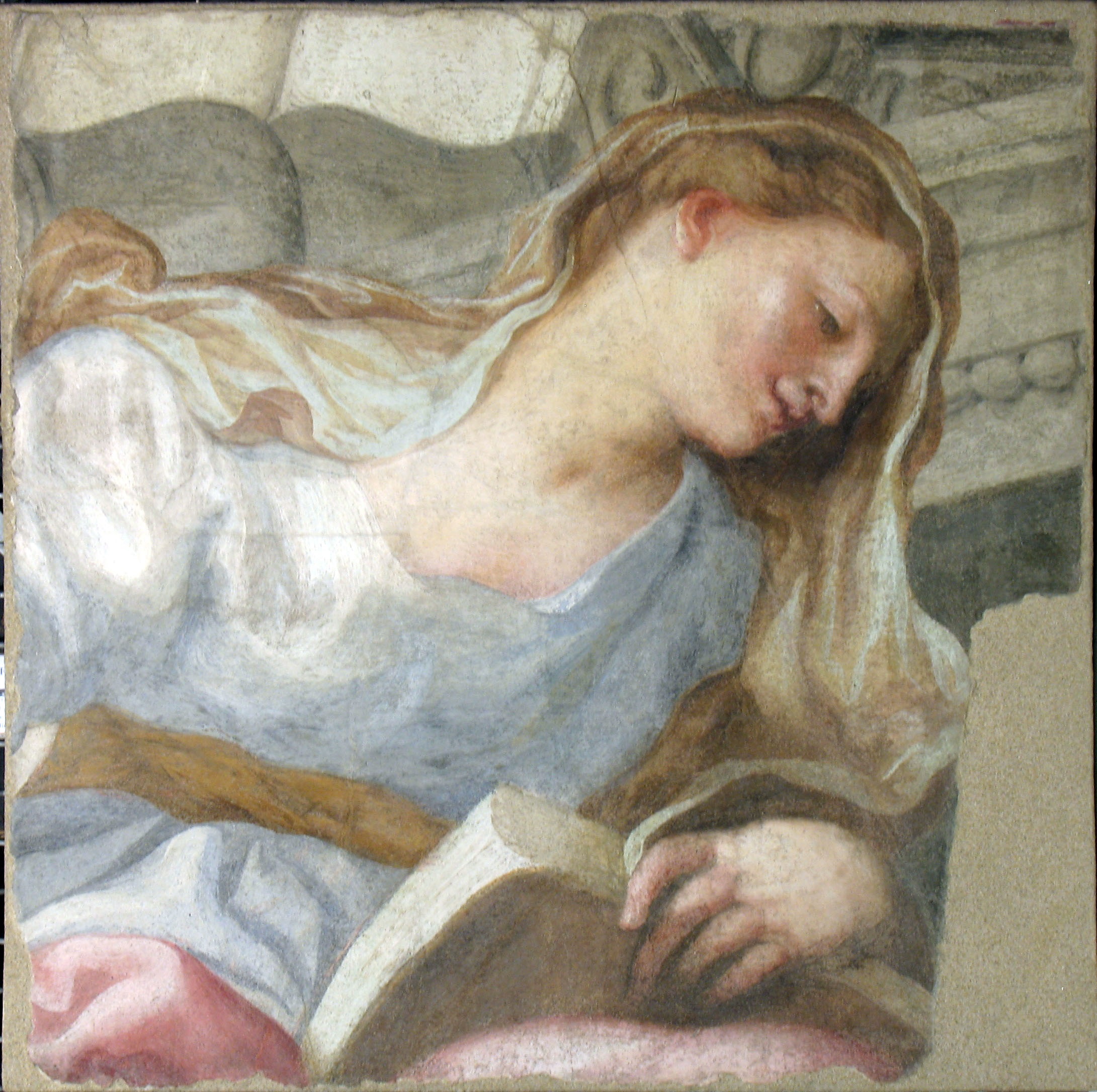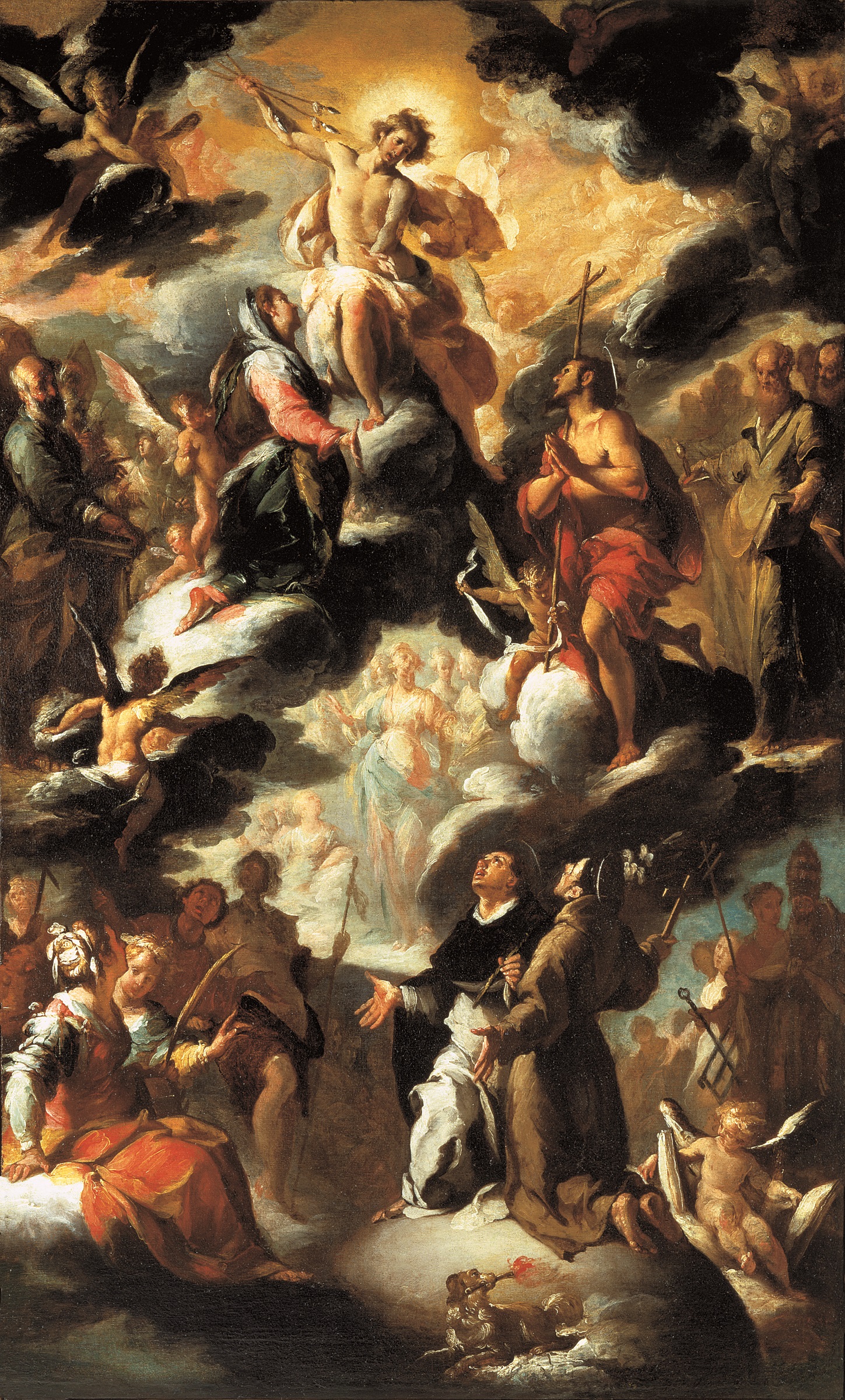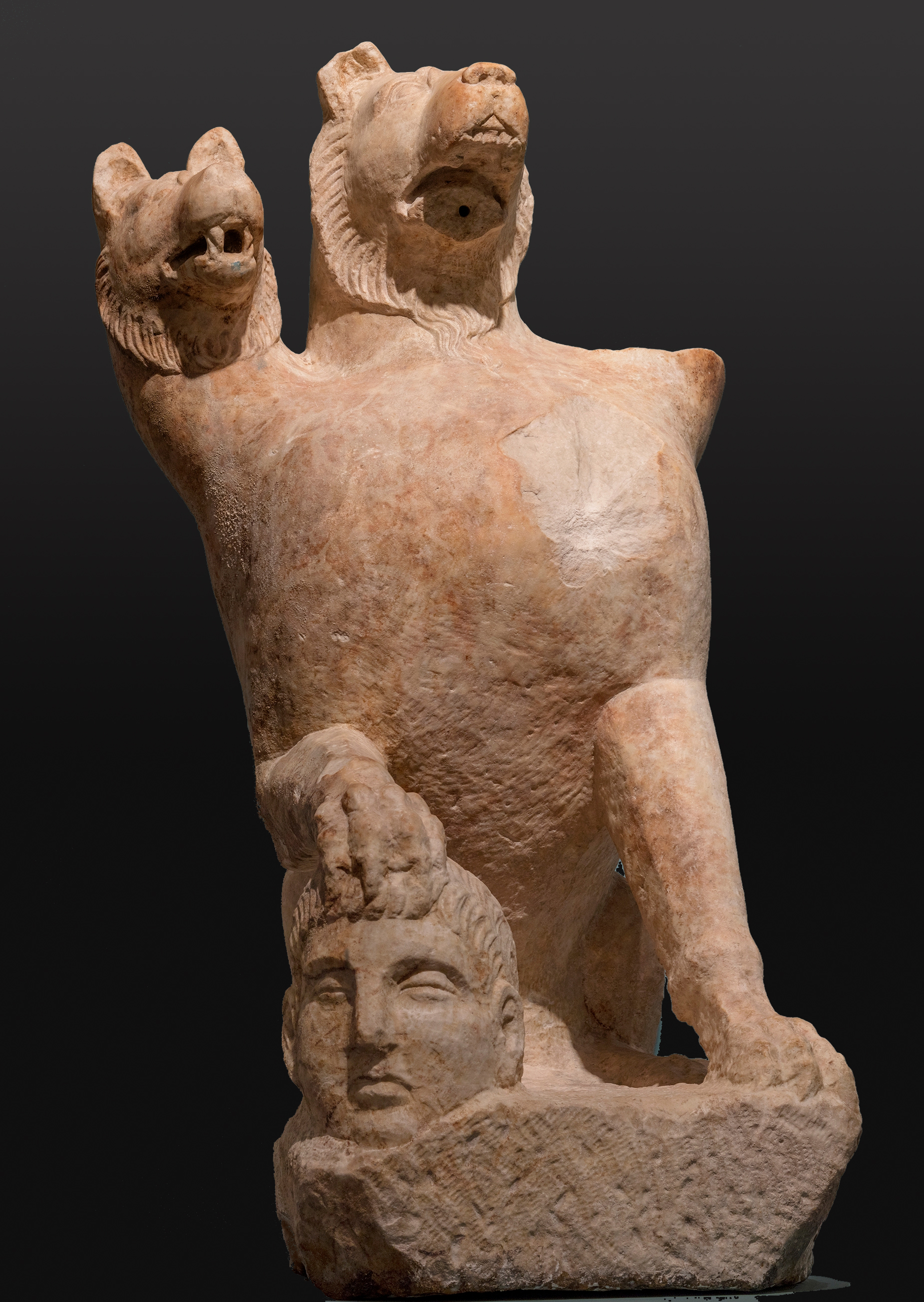
Click here to view image
Statue of Cerberus
1936
ambito italiano
Imperial age, Rome, I century BC - I century AD
zoomorphic statue
Unità di misura: cm; Altezza: 98; Larghezza: 40; Profondità: 59
marmo bianco- scultura
The sculpture can be compared with others of the same type discovered in various regions of the empire, generally placed inside masonry tombs lined up along roads or used as crowning on roofs. The iconography derives from oriental originals disseminated as early as the 7th century B.C. with Greek and Etruscan mediation; it spread with the Roman conquest particularly in Iberia, Provence and Northern Italy and gave rise to a variant characterised by the presence of a severed human head. There have been various interpretations of these iconographies from Benoit (1946) to the present day. There are also different positions regarding the dating, as some emphasise the possible relationship - due to the location of the find - with a late Roman necropolis datable between the 3rd and 6th century AD, and therefore propose a much later chronology. The statue depicts Cerberus, the ferocious three-headed dog guardian of Hades, crouched on his hind legs in the act of resting his left paw on the severed head of a man. The massive torso of the animal, freshly hewn, is surmounted by three Molossian dog heads (one of which is now lost), the central one being the largest; the muzzles, with ears perked up and mouths half-open with teeth clearly in view, are framed by a circle of fur, which also descends to the centre of the chest. The human head, possibly a portrait, depicting a young man, with closed eyes and a face stiffened in the swell of death, is carefully worked in the hairdo with large locks arranged in several turns, which accompanies the contour of the skull, leaving the fleshy ears uncovered. Particularly interesting is the monster's tail, depicted as a snake that adheres with sinuous coils to the back and ends in a tuft where the animal's head with crest and beard is recognisable. Although not a specimen of high artistic value, perhaps produced by a local craftsman, the sculpture constitutes an interesting example of syncretism between various funerary beliefs, which fits well into the mixed culture of the genuine centre, not yet homologated in the Roman sense: The terrifying guardian of Hades, derived from Greek mythology and accepted into the classical collective imagination, is represented with the domestic features of the faithful dog watching over his master's tomb, a type not uncommon in burials in Greece and the Roman world; the severed human head refers to Celtic rituals, while the eagle-tail with bearded head descends directly from Etruscan underworld iconography.

